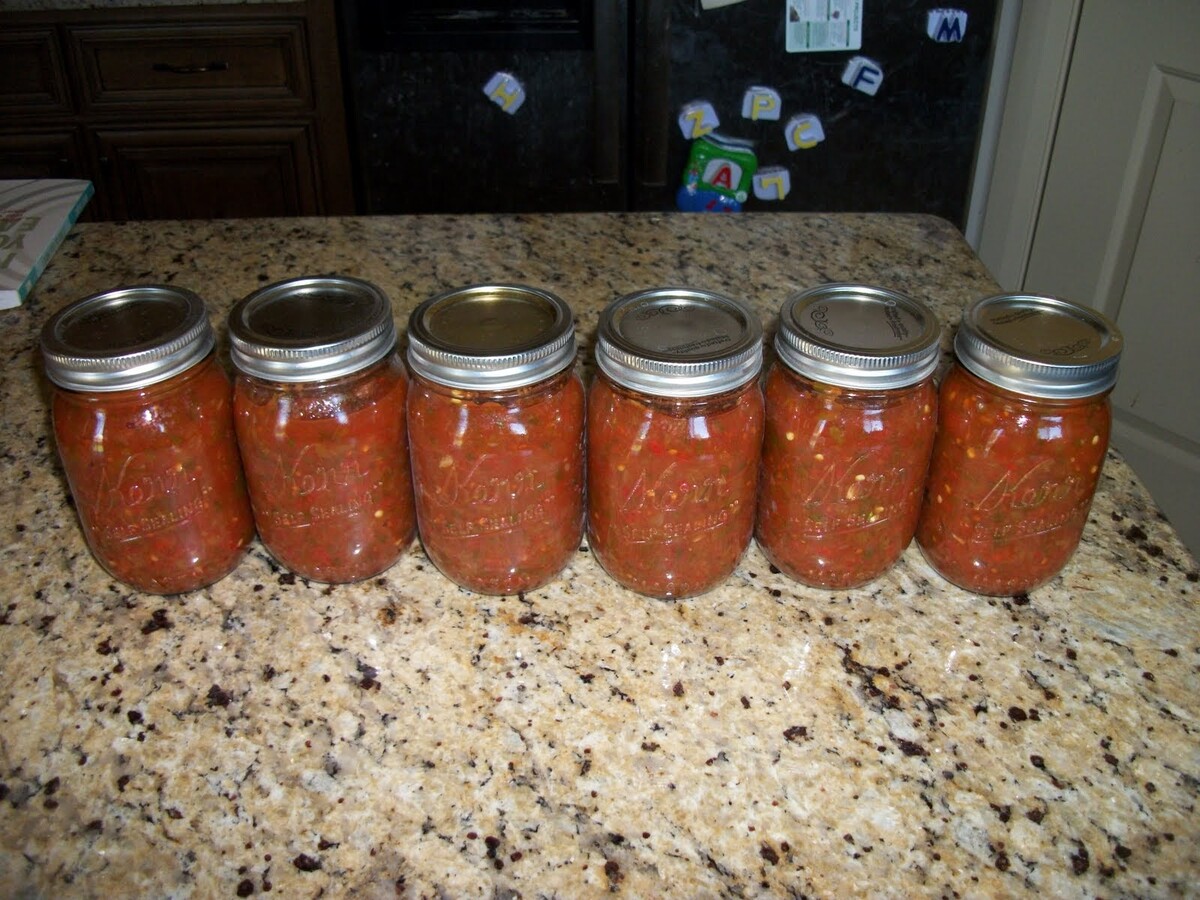

Articles
How To Store Salsa
Modified: December 7, 2023
Learn the best tips and tricks for storing salsa in this collection of informative articles. Keep your salsa fresh and flavorful for longer!
(Many of the links in this article redirect to a specific reviewed product. Your purchase of these products through affiliate links helps to generate commission for Storables.com, at no extra cost. Learn more)
Introduction
Salsa, with its delicious blend of tomatoes, onions, peppers, and spices, is a versatile and popular condiment enjoyed by many. Whether you make your own homemade salsa or buy it from a store, knowing how to store it properly is essential to maintain its freshness and flavor.
In this article, we will explore the best practices for storing salsa to ensure its longevity and preserve its taste. We will discuss selecting the right container, storing salsa in the refrigerator, storing it in the freezer, as well as share some tips for extending the shelf life of salsa.
By following these guidelines, you can savor your salsa for an extended period, giving you the flexibility to enjoy it whenever you please – whether it’s enhancing your favorite Mexican dishes, adding a kick to your snacks, or even using it as a dip during parties or gatherings.
So, let’s dive in and learn how to store salsa properly!
Key Takeaways:
- Properly storing salsa is crucial for maintaining its freshness and flavor. Select airtight containers, label them, and store salsa away from strong-smelling items in the refrigerator or freezer to extend its shelf life.
- Follow hygiene practices, avoid double-dipping, and minimize exposure to air to maximize the shelf life of salsa. By adhering to these tips, you can savor the tangy, spicy flavors of salsa for an extended period.
Read more: How To Store Homemade Salsa
Selecting the Right Container
Choosing the appropriate container for storing salsa is crucial to maintain its freshness and prevent contamination. Here are some tips to help you select the right container:
- Use airtight containers: Salsa is highly sensitive to air and moisture, which can lead to spoilage. Opt for containers that have tight-fitting lids to create a sealed environment.
- Glass jars: Glass jars are a popular choice for storing salsa due to their non-reactive nature. They do not absorb odors or flavors and are easy to clean. Look for jars with a rubber seal or a latch to ensure an airtight seal.
- Plastic containers: If you prefer using plastic containers, make sure they are made of food-grade, BPA-free plastic. Look for containers with airtight lids that will prevent air and moisture from entering.
- Consider portion sizes: It’s a good idea to store salsa in smaller containers or jars. This allows you to only open and use what you need, minimizing exposure to air and reducing the risk of spoilage.
- Label the containers: To easily identify the salsa and keep track of its freshness, label each container with the date it was made or purchased. This will help you use the oldest salsa first and avoid wasting any of it.
By selecting the right container, you can ensure that your salsa stays fresh and flavorful for longer periods.
Storing Salsa in the Refrigerator
Refrigeration is the most common method for storing salsa, especially if you plan to consume it within a week or two. Here are the steps to properly store salsa in the refrigerator:
- Transfer salsa to an airtight container: Once you have prepared or bought salsa, transfer it to an airtight container. This will help maintain its freshness and prevent any flavors from absorbing from other foods in the refrigerator.
- Leave headspace: Make sure to leave some headspace at the top of the container to allow for expansion as the salsa freezes. This will help prevent the lid from popping off or the container from cracking.
- Label and date the container: For easy identification, label the container with the name and date. It’s essential to keep track of how long the salsa has been in the refrigerator.
- Store in the refrigerator: Place the container of salsa in the refrigerator, ideally on one of the middle shelves where the temperature is most consistent.
- Avoid cross-contamination: To prevent the salsa from picking up odors or flavors from other foods, store it away from strong-smelling items like onions, garlic, or pungent cheeses.
Salsa stored in the refrigerator can typically last up to a week or two, depending on the ingredients and how well it was sealed. Always check for any signs of spoilage, such as a sour smell or visible mold, before consuming.
Now that you know how to store salsa in the refrigerator, let’s explore how to store it in the freezer for longer-term preservation.
Store salsa in an airtight container in the refrigerator to keep it fresh. It can last for up to 1 week. If you want to store it for longer, consider freezing it in a freezer-safe container for up to 3 months.
Storing Salsa in the Freezer
If you want to extend the shelf life of your salsa beyond a few weeks, storing it in the freezer is a great option. Freezing salsa allows you to enjoy it for several months without losing its taste and quality. Here’s how you can store salsa in the freezer:
- Prepare the salsa: Ensure that your salsa is fresh, properly made, and seasoned to your liking before freezing.
- Choose the right container: For freezing salsa, opt for freezer-safe containers or resealable freezer bags. These containers are designed to withstand low temperatures and prevent freezer burn.
- Portion control: Divide the salsa into smaller portions or sizes that you would typically use. This way, you can take out just the amount you need without defrosting the entire batch.
- Remove excess air: If using freezer bags, squeeze out as much air as possible before sealing. Removing excess air helps prevent freezer burn and maintains the salsa’s quality.
- Label and date: Clearly label each container or bag with the name of the salsa and the date it was frozen. This will help you keep track of its freshness.
- Freeze flat: If using freezer bags, lay them flat in the freezer to maximize space efficiency and make it easier to stack or store them in the future.
- Store in the freezer: Place the containers or bags in the coldest part of the freezer, such as the back or bottom shelf.
Frozen salsa will maintain its flavor for up to 3-4 months. However, it’s best to consume it within the first few weeks for the best taste. When you’re ready to use the frozen salsa, thaw it in the refrigerator overnight or defrost it using the defrost setting on your microwave. Stir well before serving to redistribute any separated liquids.
Now that you know how to store salsa in the freezer, let’s explore some tips to extend the shelf life of salsa, regardless of where you store it.
Tips for Extending the Shelf Life of Salsa
To ensure your salsa stays fresh for as long as possible, there are several additional tips you can follow:
- Maintain cleanliness: When preparing salsa, make sure all utensils, cutting boards, and containers are clean and free of any contaminants. This reduces the risk of bacterial growth and spoilage.
- Keep salsa refrigerated or frozen: Salsa should be stored in the refrigerator or freezer at all times, except when it is being served. Leaving salsa at room temperature for an extended period can lead to bacterial growth and spoilage.
- Avoid double-dipping: Double-dipping can introduce bacteria from your mouth into the salsa. Instead, use a clean spoon or chip every time you serve salsa to minimize the risk of contamination.
- Use a clean utensil: Only use clean utensils when scooping salsa out of the container. This will prevent cross-contamination and help maintain the salsa’s freshness.
- Avoid adding fresh ingredients: If you want to extend the shelf life of leftover salsa, avoid adding fresh ingredients like onions, garlic, or cilantro. These ingredients can spoil quickly and affect the salsa’s overall quality.
- Avoid excessive exposure to air: Every time you open the container, the salsa is exposed to air and moisture. To minimize this exposure, only take out the amount of salsa you need and quickly seal the container.
- Regularly inspect for spoilage: Before consuming salsa, inspect it for any signs of spoilage, such as a sour smell, mold, or an off appearance. If you notice any abnormalities, discard the salsa immediately.
- Avoid storing near heat sources: Keep salsa away from direct sunlight, heat sources like stovetops or ovens, and areas prone to temperature fluctuations. Heat can degrade the salsa’s quality and shorten its shelf life.
By following these tips, you can maximize the shelf life of your salsa and enjoy it for an extended period without compromising its taste and quality.
Read more: How To Store Fresh Salsa
Conclusion
Properly storing salsa is essential to maintain its freshness, flavor, and overall quality. Whether you store it in the refrigerator or freezer, following the right steps will help preserve your salsa for an extended period.
When storing salsa, select airtight containers such as glass jars or BPA-free plastic containers. Label each container with the date to keep track of its freshness. In the refrigerator, store salsa away from strong-smelling items to prevent cross-contamination. In the freezer, use freezer-safe containers or bags, and divide salsa into smaller portions for easy thawing.
By adhering to hygiene practices, maintaining cleanliness, and avoiding double-dipping, you can prevent bacterial growth and prolong the shelf life of salsa. Additionally, avoiding the addition of fresh ingredients to leftover salsa, minimizing exposure to air, and regularly inspecting for spoilage will help maintain its quality.
Whether you’re preparing homemade salsa or buying it from the store, following these storage methods and tips will ensure that your salsa remains fresh, flavorful, and enjoyable for an extended period.
So next time you whip up a batch of salsa or find yourself with leftovers, remember these guidelines to properly store salsa and maximize its shelf life. With the right storage techniques, you can savor the tangy, spicy, and delicious flavors of salsa whenever you desire!
Frequently Asked Questions about How To Store Salsa
Was this page helpful?
At Storables.com, we guarantee accurate and reliable information. Our content, validated by Expert Board Contributors, is crafted following stringent Editorial Policies. We're committed to providing you with well-researched, expert-backed insights for all your informational needs.

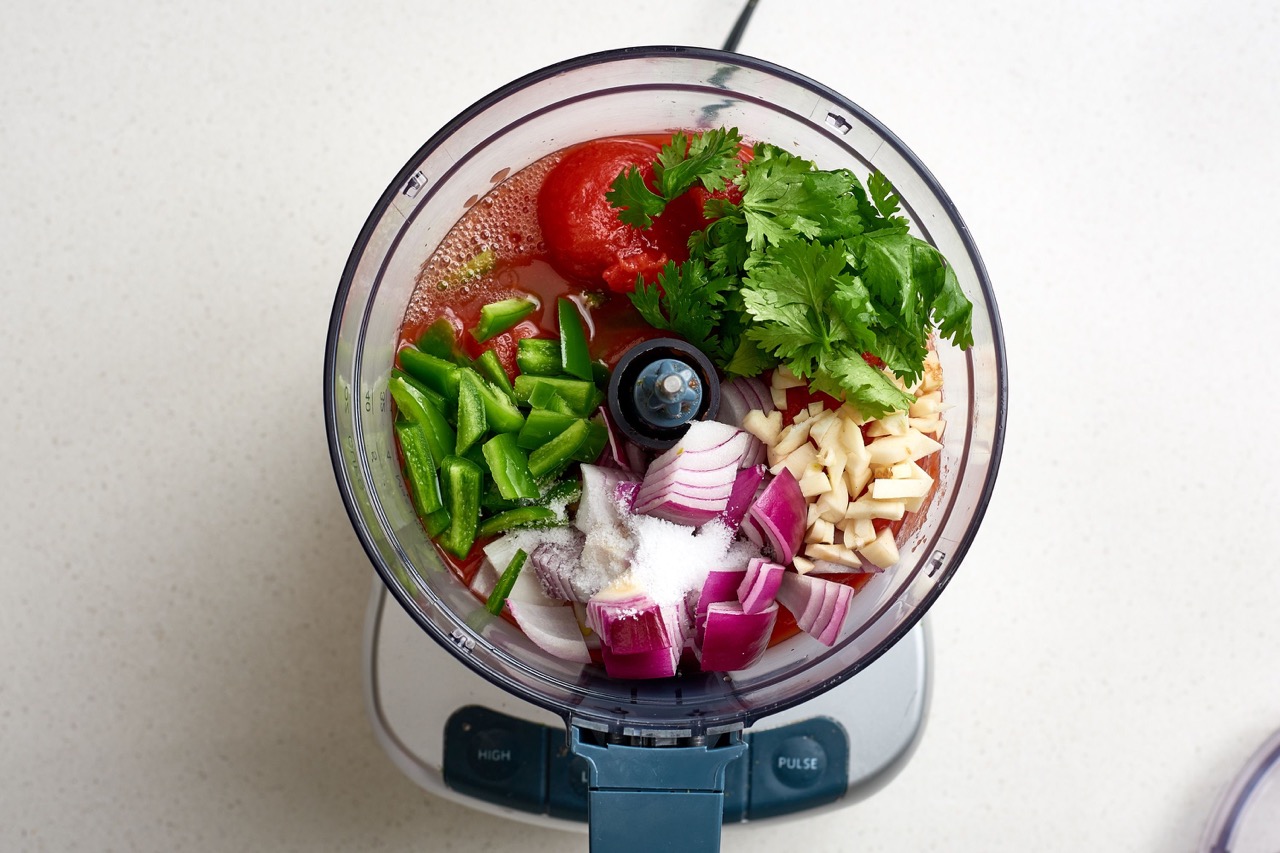
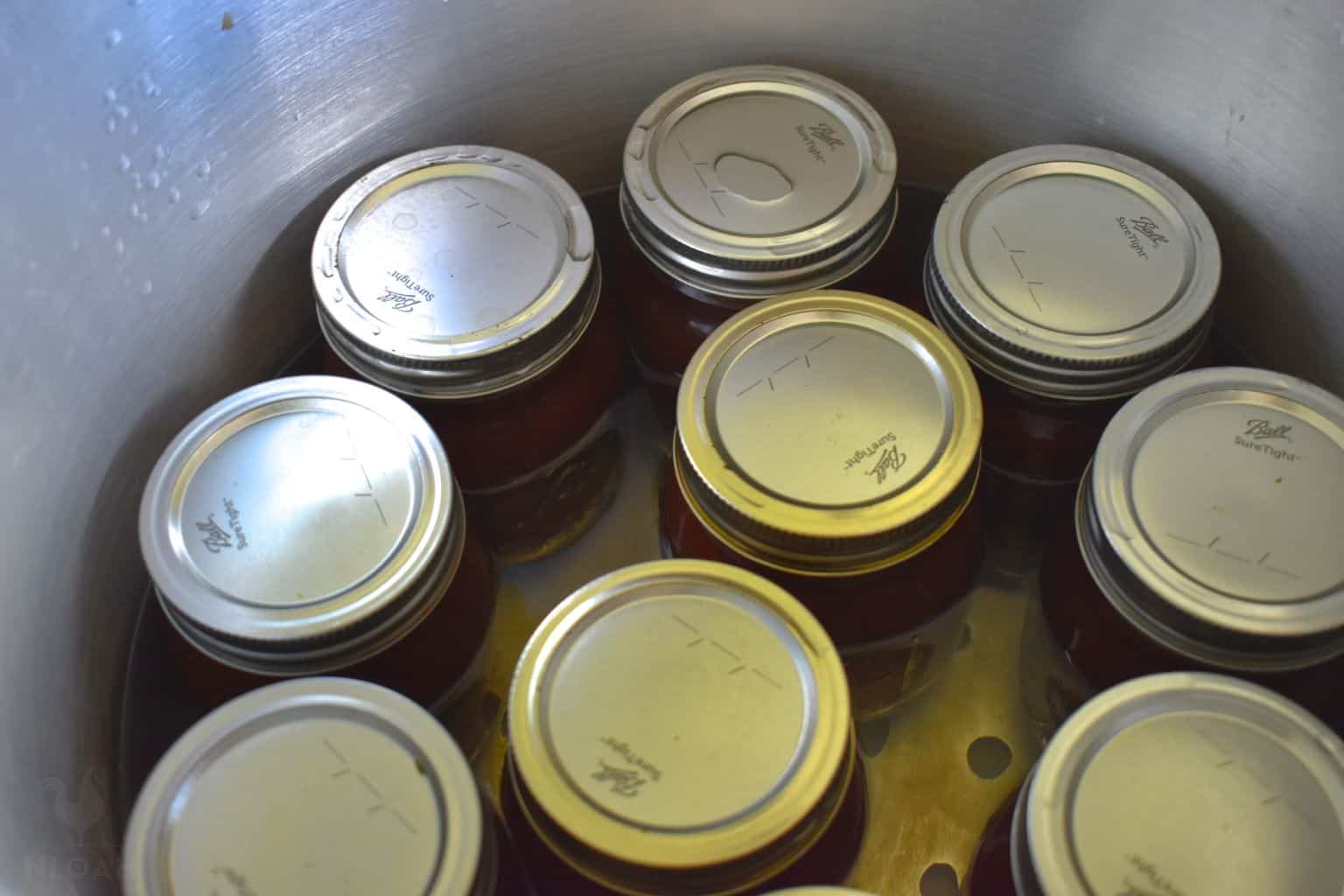
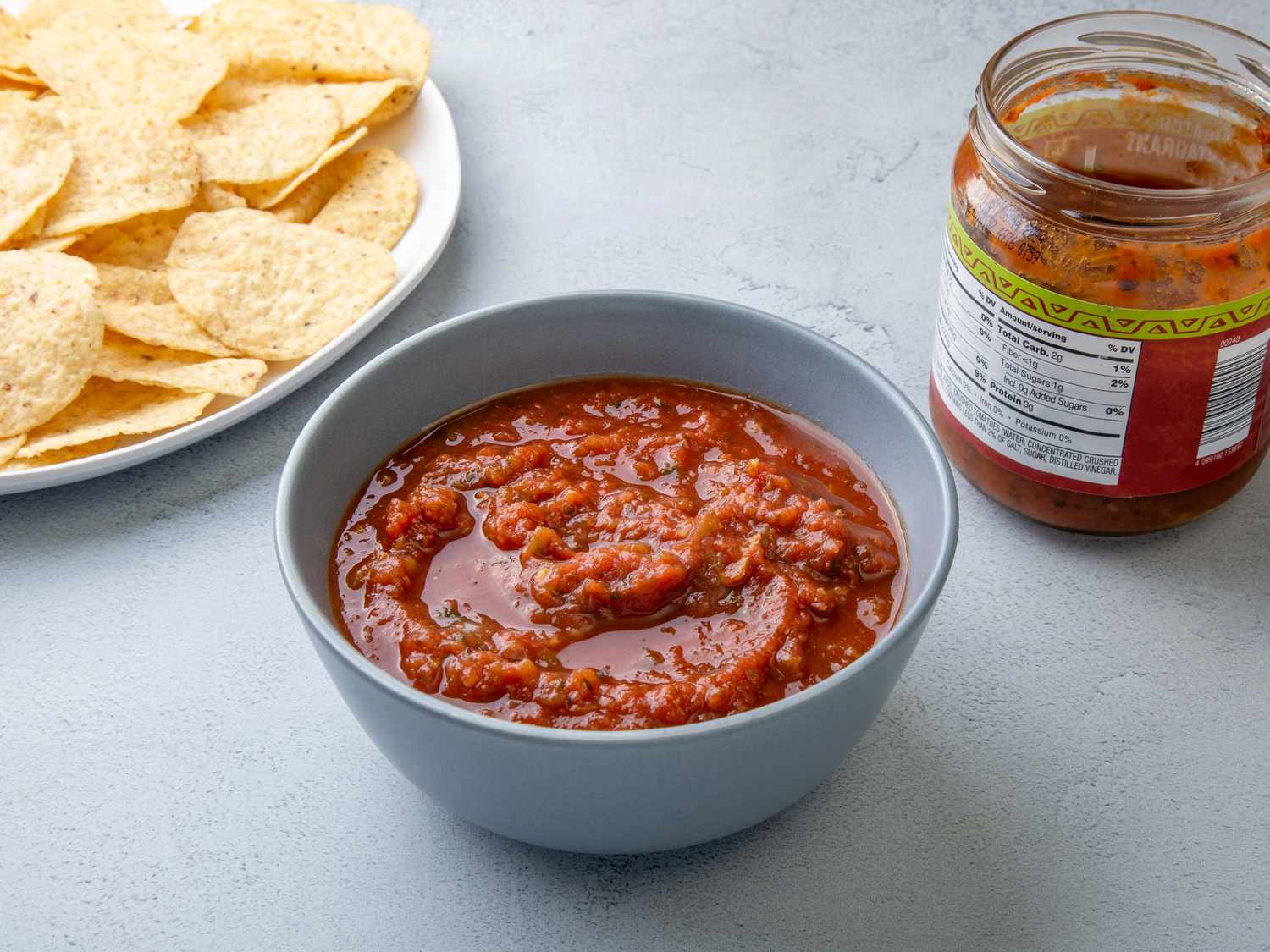



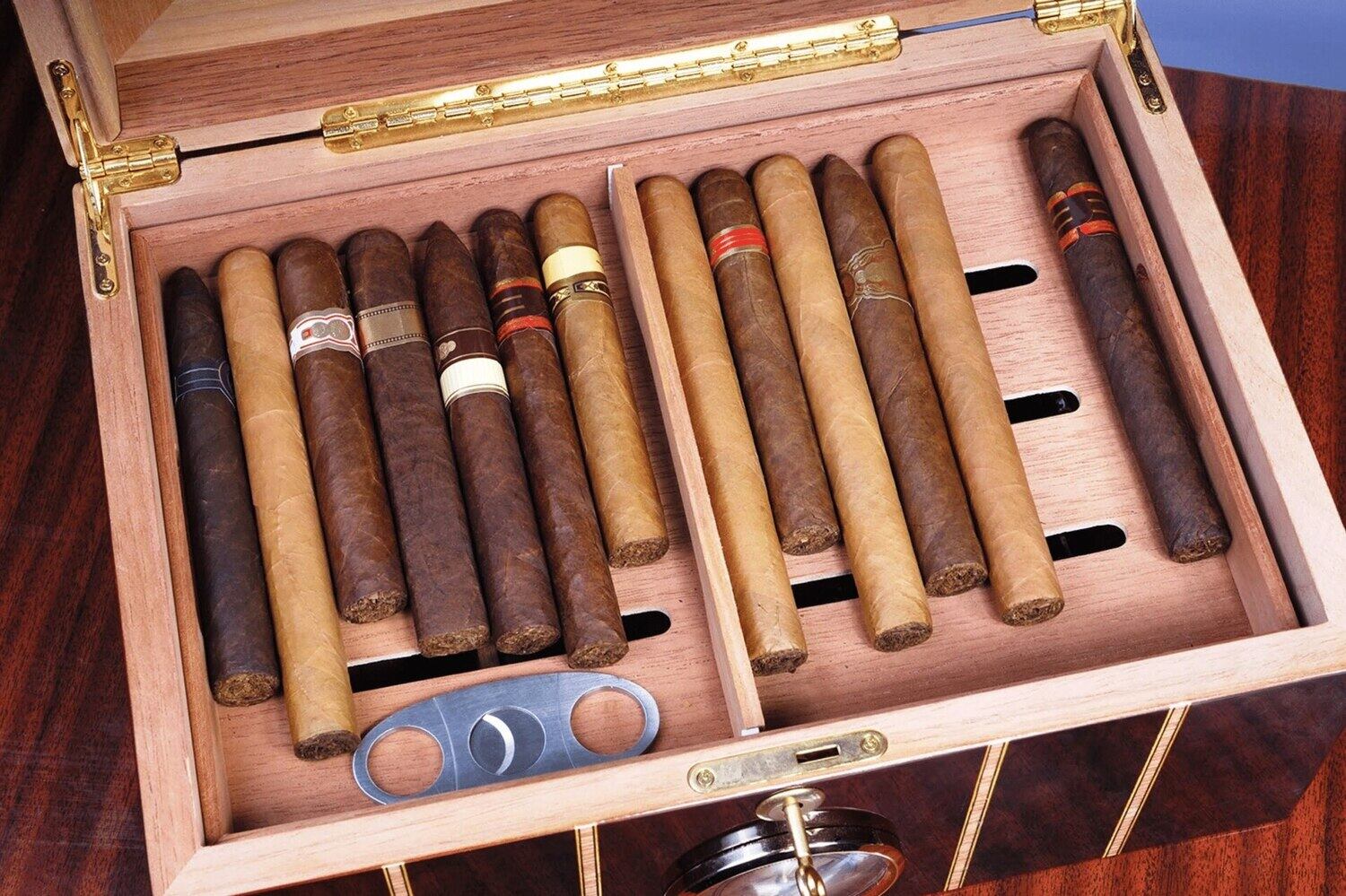
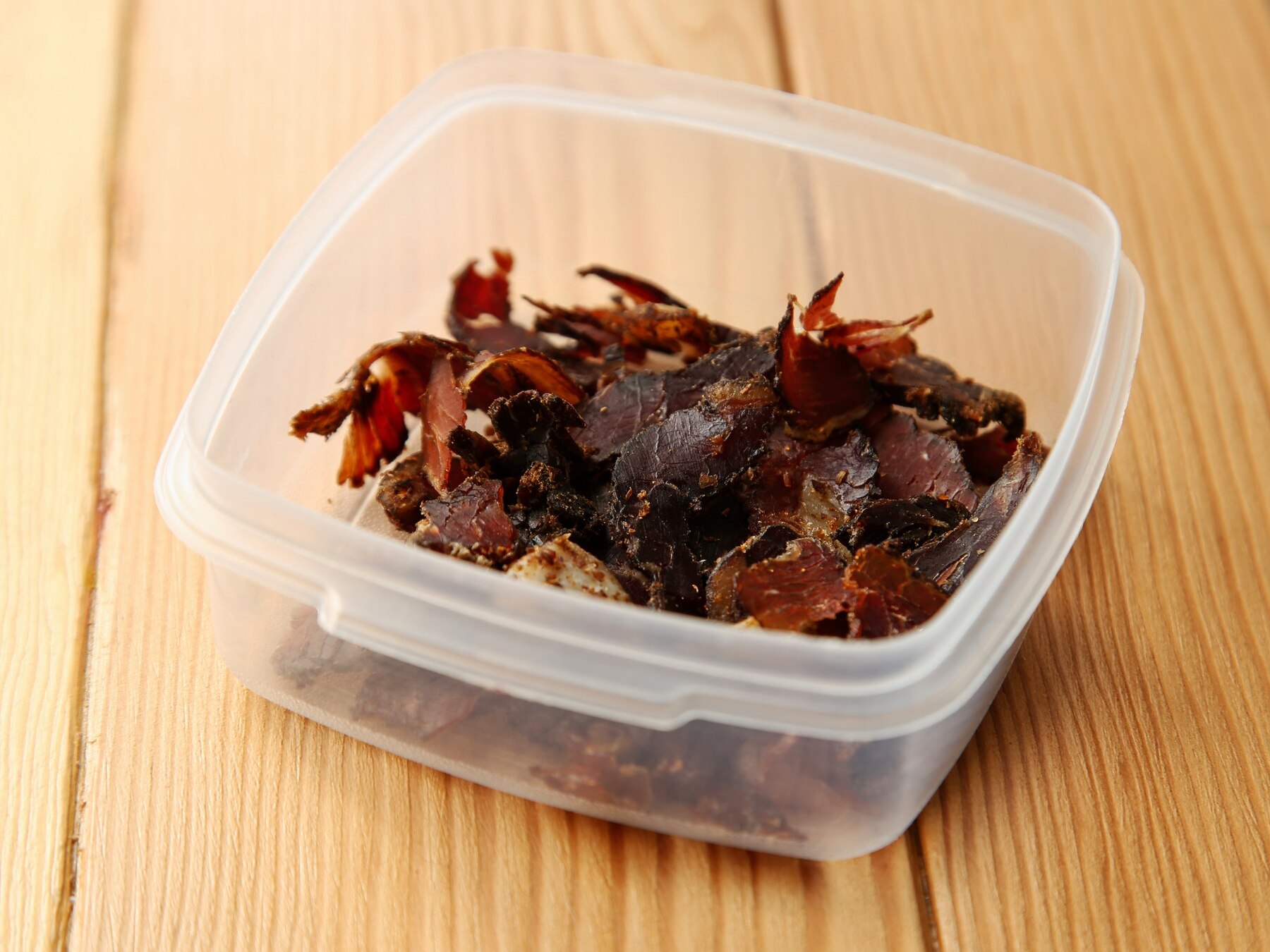
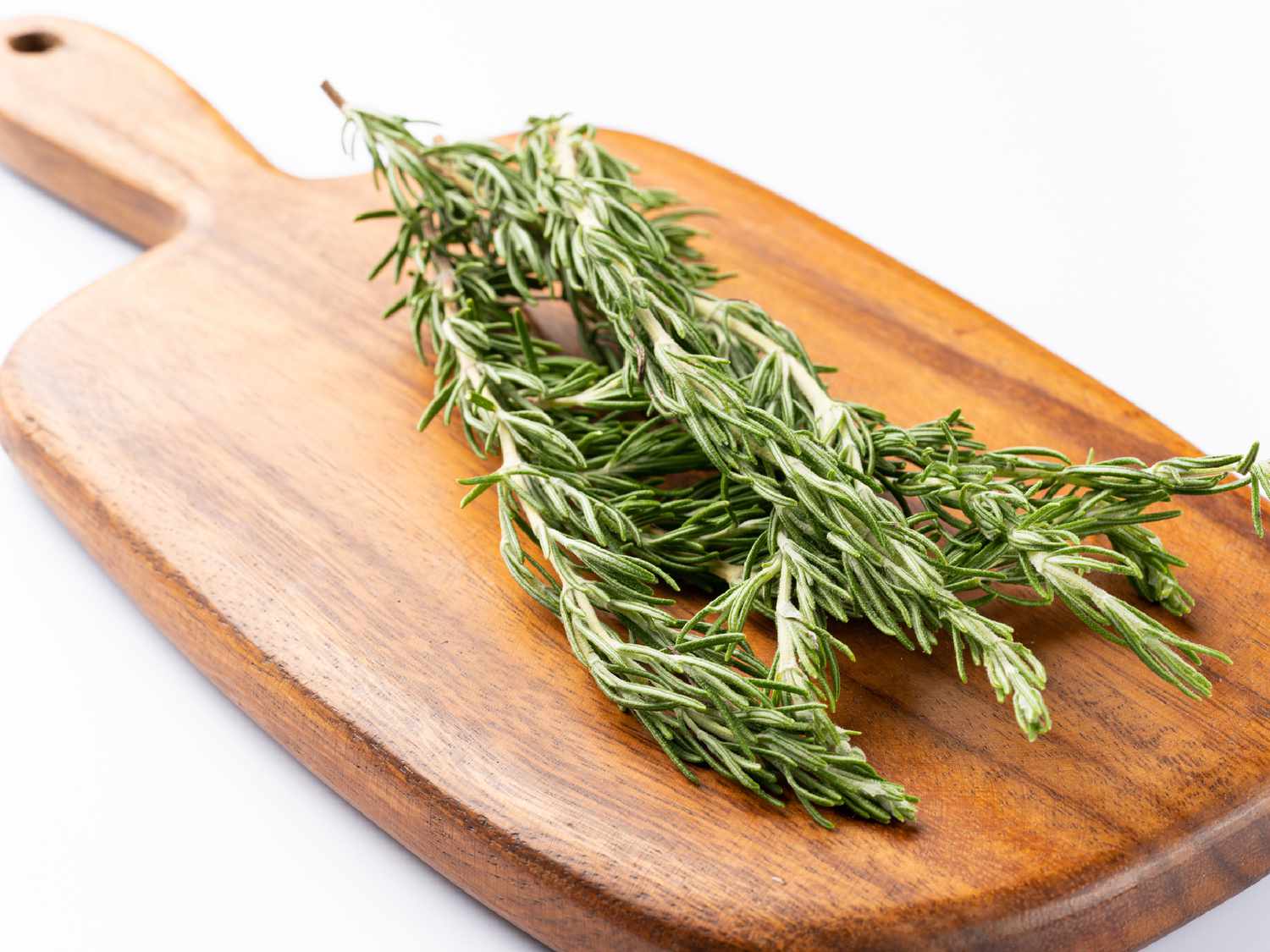
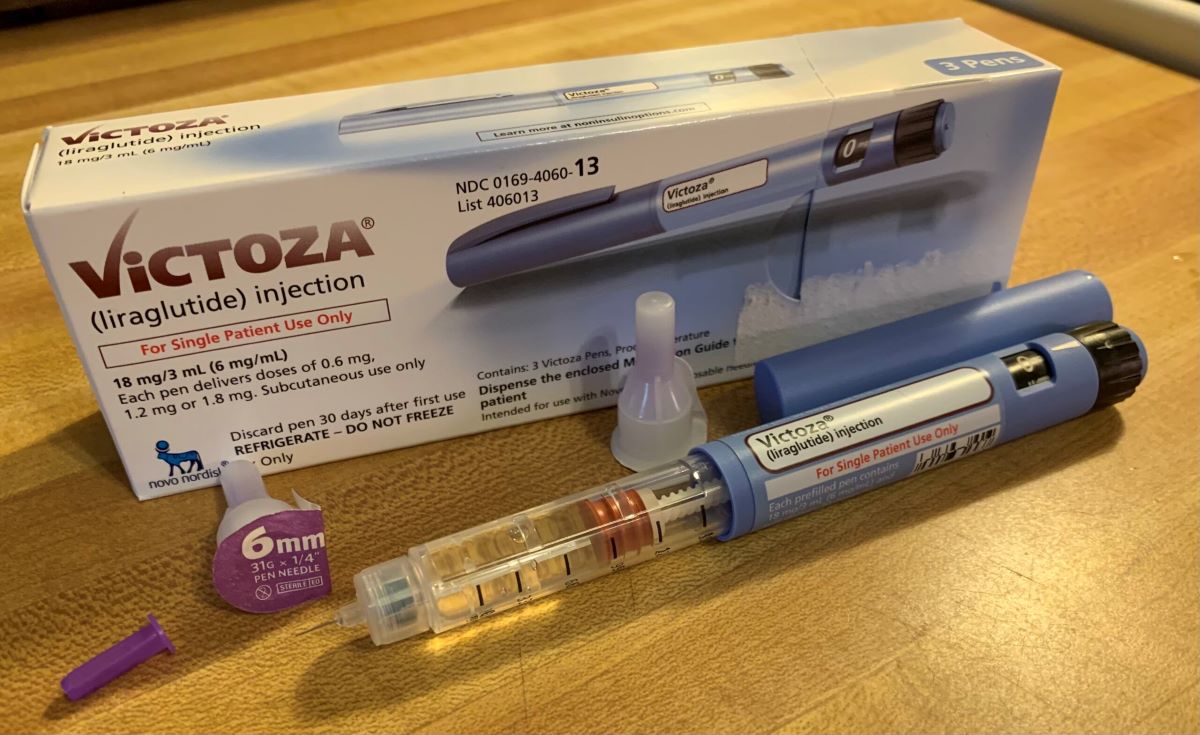
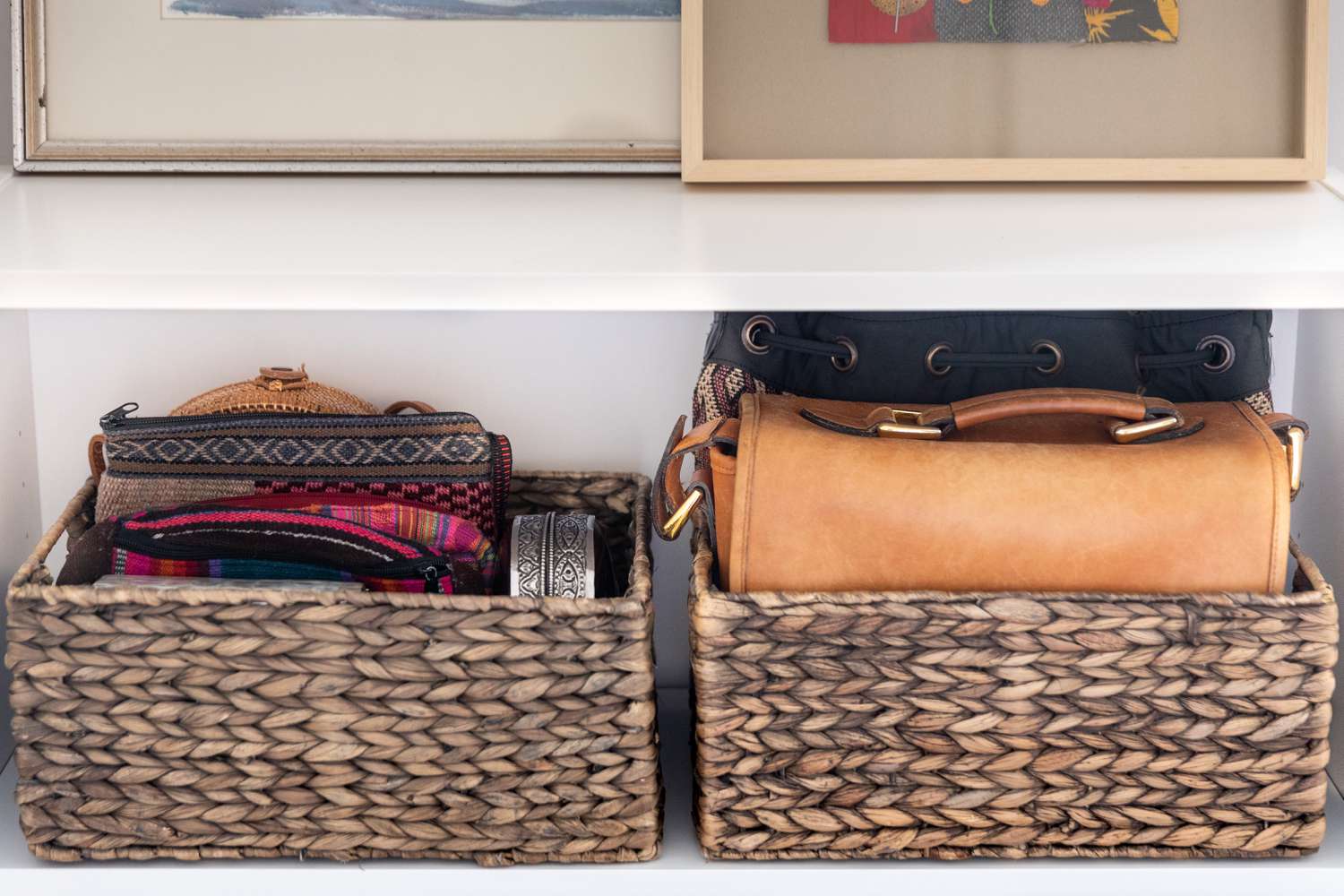
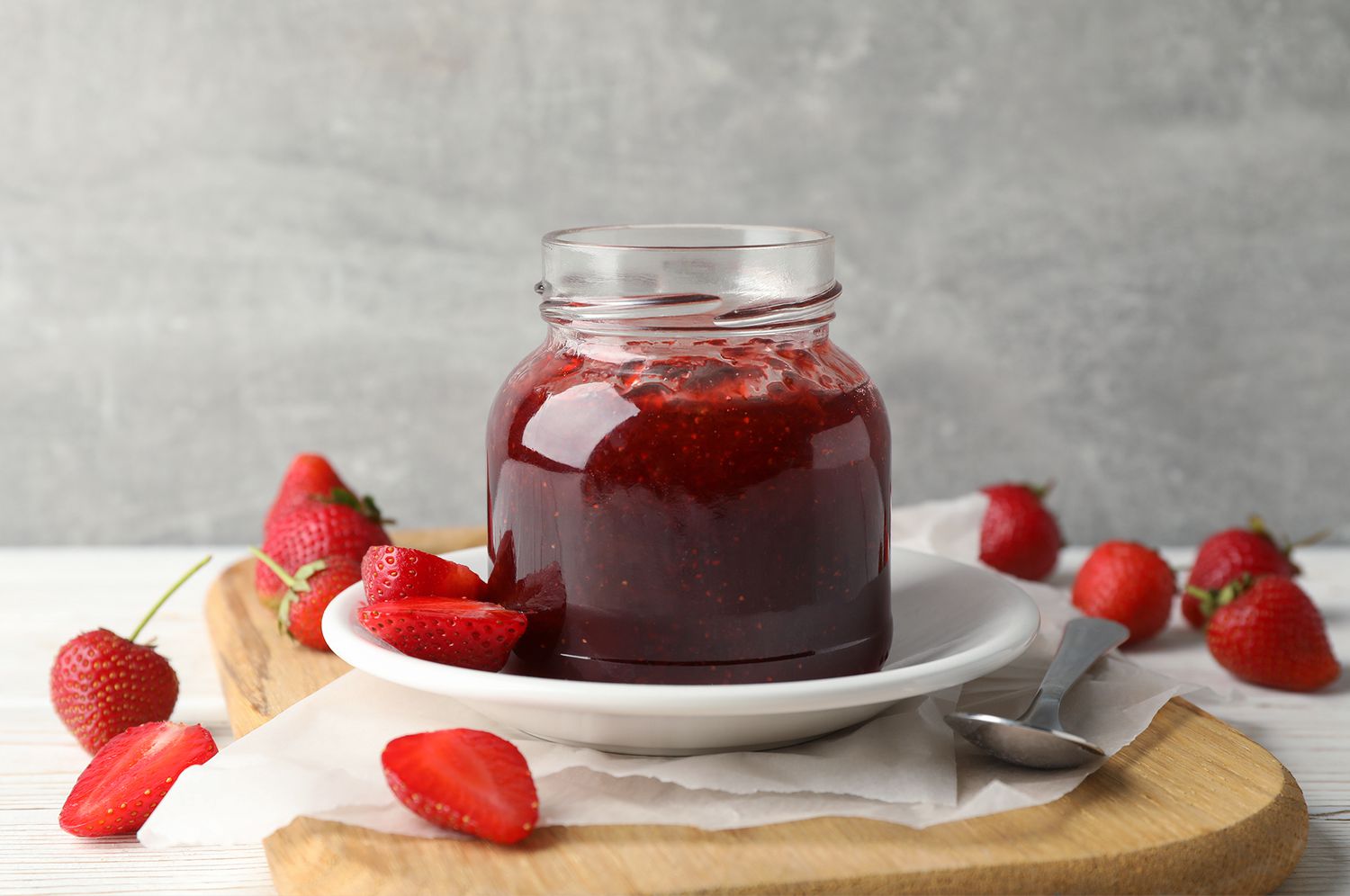
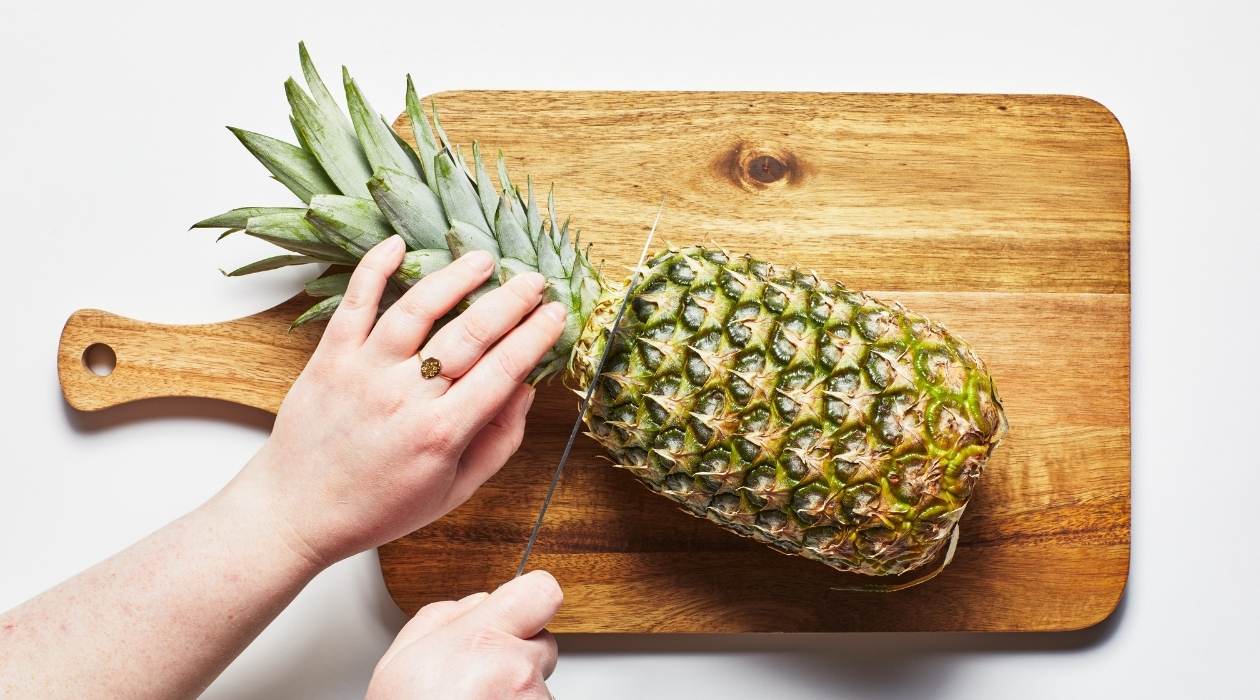

0 thoughts on “How To Store Salsa”